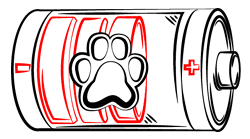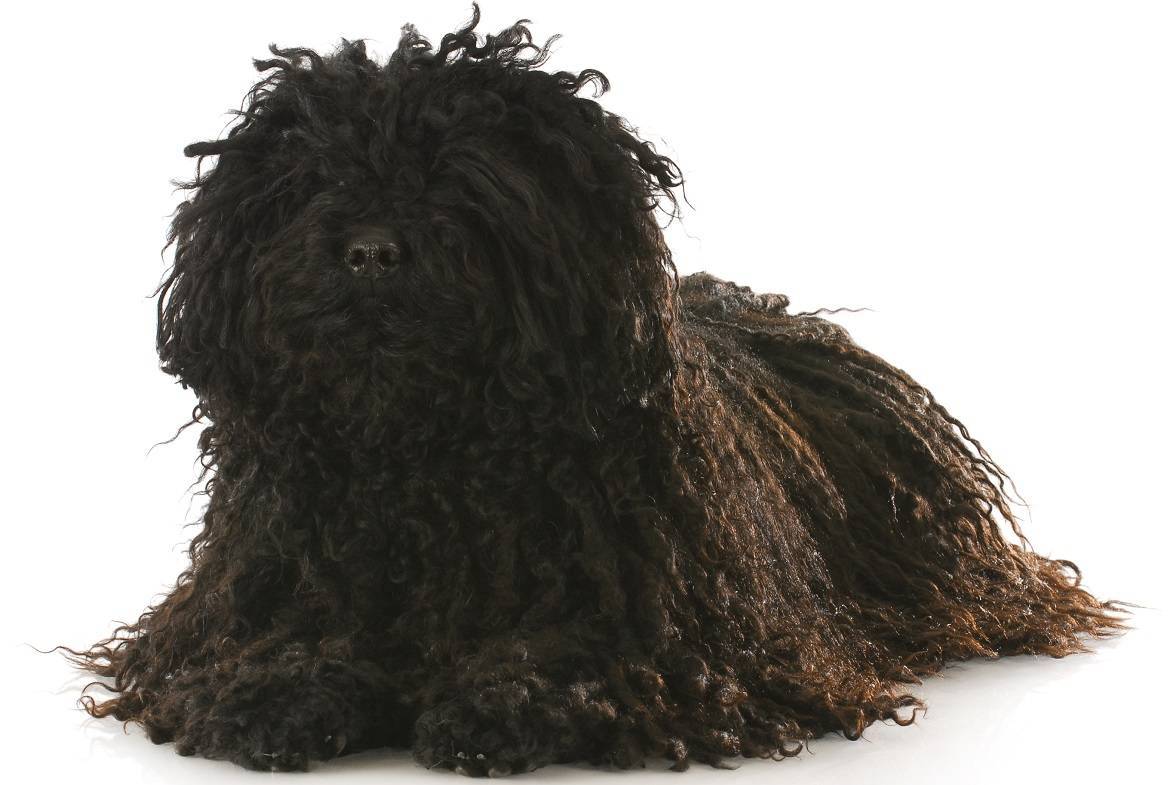
Paws ‘N’ Pups Quickview
Size
| Energy Level
| Trainability
| Paws ‘N’ Pups Rank
|
Characteristics
| Physical Characteristics: Height: 14.5-17.5” Weight: 20-35 lbs. Energy Level: Moderate | Colors: The American Kennel Club recognizes the Puli in the following colors:
|
Health & Longevity
Average Life Span: 11-12 years
The Puli is known to be a healthy breed, but that does not mean this breed is free from all health conditions. Poor breeding practices result in pups who are not healthy or who have genetic and inherited diseases.
Some of the health conditions you need to monitor in your Puli include hip dysplasia, eye problems, and hearing problems.
Hip dysplasia is a condition that affects a wide variety of dog breeds. This is a painful condition that involves the hip socket and joint of your pup. When the joint itself is deformed or does not fit within the socket properly, hip dysplasia is present. This condition wears on the joint and makes it difficult for your pup to walk, stand, and lay down.
Eye problems are not uncommon in your pup and may crop up as a simple eye infection, dry eyes, or something more serious such as retinal atrophy or blindness. It is important that you pay attention to your pup’s eyes and report anything unusual to your veterinarian.
Lastly, hearing problems may become prevalent in your Puli. Most pups form hearing issues over the years, but it is possible for your pup to be born with a hearing condition. Often times, your pup will either be slightly deaf, deaf in one ear, hard of hearing, or completely deaf.
The life expectancy of the Puli is 11 to 12 years.
Temperament & Train-ability
The Puli is often used as a herding dog, so its natural instinct is to herd those around him or her. This behavior is common in them, but you want to make sure that you socialize your pup early to prevent it from being excessive.
With that said, the Puli is not an ideal choice for kids. The reason behind this is because he or she does not have patience for children who are rough or tease the pup. You should only have this pup in a home with adults or teenagers.
While not good with young children, the Puli is quite good with those who he or she considers family. Therefore, you can expect your Puli to show you love and cuddle up next to you for a belly rub or two.
This breed is not for the weak at heart and needs discipline. As the owner, you must show that you are the pack leader and accept nothing less. If your Puli knows that he or she can overpower you, it will happen. This breed wants to be a leader and will take the opportunity at any moment they can.
Training is essential to have a well-behaved and mannered pup in your home. This breed is considered easy to train, but once again, you must be consistent. You need to be firm and assert yourself as dominant, but do not take a harsh tone with your pup.
The Puli is wary of strangers and will make an excellent watchdog; however, this is not to be confused with aggression.
One of the best qualities of this breed is that you do not have to provide them too much outdoor time as they will adapt to their environment. You should walk your pup twice per day and when a yard is available, allow them to roam and run around.
Grooming
The Puli is considered to be a high maintenance pup and does require a hefty amount of grooming to ensure his or her coat. The Puli has a corded coat that will begin to form around six months of age or so. You do need to make sure that you separate your pup’s cords and remove any mats from them. Often, this part of upkeep scares the owner, so you can hire a professional groomer if you do not feel comfortable doing this.
Your Puli does need to receive a bath on a regular basis, and you can get away with doing it either once per month or bi-monthly. Once your pup comes out of the bath, you should take the time to dry the cords on your Puli. Otherwise, they can take up to two days or more to fully dry.
You need to clean out your pup’s ears to remove any buildup in them. Since the cords on your Puli may block your pup’s eyes, you should look at his or her eyes often and clean them when necessary.
Also, you need to make sure that you trim your pup’s nails to keep them from overgrowing. A nail trim once a month is often all that is required, but you may need to do it more often if your pup’s nails grow quickly.
Diet
Your Puli will consume anywhere between 1.5 and 2 cups of food per day. You do want to make sure you offer your pup a high quality, all natural dry food that does not contain fillers, by-products, and chemicals.
Looking for a Puli?
 Find A Puli Breeder |  Puli Puppies For Sale | 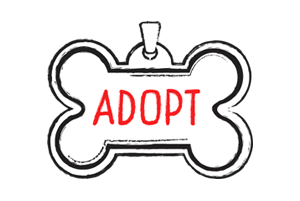 Adopt A Puli |
Cost
A Puli puppy will cost you anywhere between $600 and $900 on average. You will find that the cost varies based on the breeder and the demand for the pup at the time. You are unlikely to find this pup in a shelter for adoption, but checking the local shelters is always a good way to try and bring home a pup who deserves a second chance.
Paws ‘N’ Pups Ranking
Paws ‘N’ Pups ranks every breed out of 4 with 1 being easiest to integrate into your life and 4 being the toughest – The lower the ranking the better.
Ranking takes into account a few basic factors including cost, skill level needed, high vs low maintenance and how critical regular training is to success. The Puli is a great choice for a pet owner who does not have any young children. You will find that this breed does not tolerate children well and can become aggressive. This breed does have a high level of grooming needs, which may scare many owners. You also need to make sure that you are prepared to train and handle your Puli. If you are capable of these things, then you will have a pup on your hands that is loving and protective of you. This breed ranks a 4.
Breeds Similar To Puli
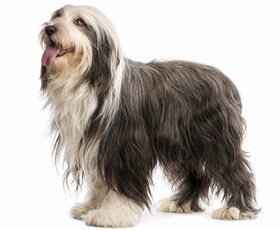 Bearded Collie | 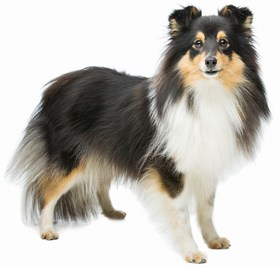 Shetland Sheepdog |  Polish Lowland Sheepdog | 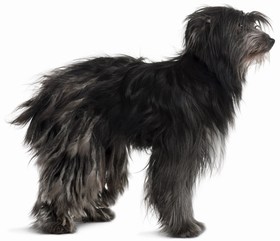 Pyrenean Shepherd |


